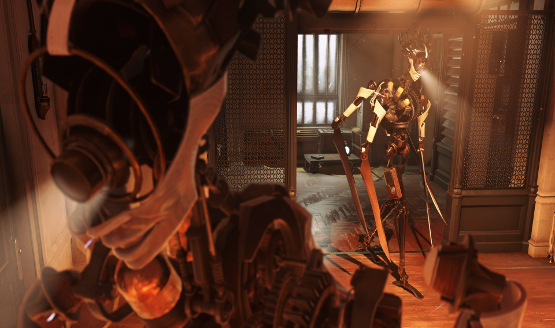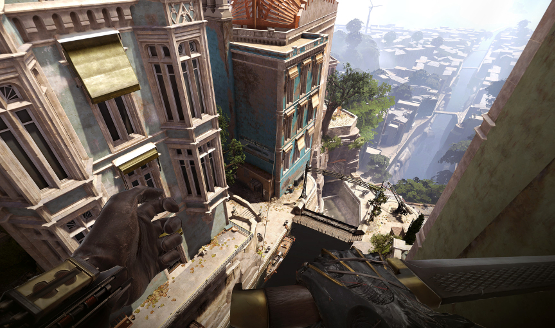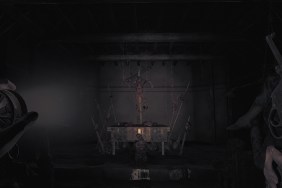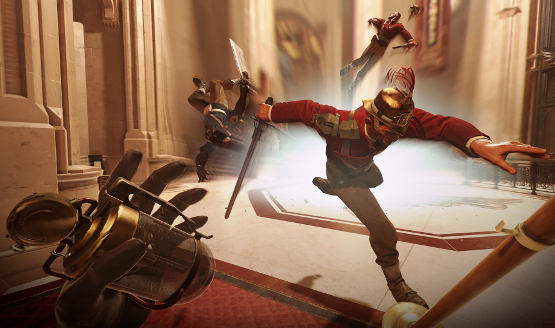
After five years, the story that started with Corvo Attano comes to its (super)natural end as players take control of the new assassin on the block, Billie Lurk. Death of the Outsider isn’t an all-new Dishonored game wrapped up as an expansion. It’s an extension of what has already come, choosing not to reinvent the wheel but to instead move it along its well-trodden path.
The Master and the Apprentice
Death of the Outsider presents an overly simplistic story in terms of its approach to mission design – what gives the player a reason to waltz about the sewers of the small city of Cyria and beyond. But it intersperses interesting characters throughout, particularly the Eyeless gang who are loyal to the Outsider. The player meets this faction early on and they provide most of the meaningful world-building in their secretive conversations and hierarchical mafia setup. Generic guards around the city who are rambling about the day’s nonsense aren’t going to have much of a personality, but it’s exhilarating when you stumble upon a lair of Eyeless goons who are in the middle of a conversation about the power structure of the city and their desire to wipe out those who oppose them.
The hierarchy present in their organization is mixed in with the design of the game as player’s can take down higher-ups that act as side-missions on top of the contract system taken from the inhabitants of the world. The issue with these leaders is that they don’t have any significance about them. They’re just regular enemies whom the developers tell us are important figures. Nothing much in the way of unique clothing, gear, weapons, or abilities. Unsurprisingly then, I found myself completing these quests without even knowing it until their dead corpse was lying motionless before my one eye and a notification popped up to inform me of their high status. It’s a missed opportunity as these cult leaders could have acted as mini-bosses with insane rewards attached to their executions.
Where the plot hits closer to home, the aforementioned Ms. Lurk seeks to take down the Outsider himself – a shadowy figure at the center of the magical powers flushed throughout the world. Daud, from the first game, acts as Lurk’s mentor, but he doesn’t serve much of a purpose outside of showing up in the short cut-scenes preceding each return to the Dreadful Wale, Lurk’s inoperable ship and the game’s quasi-hub. I would have loved a quick flashback sequence or any type of scene that would have shown off the master and the apprentice working together on a co-operative mission, as the comic book cut-scenes in between the game’s five chapters allude to. Death of the Outsider really needs anything to make it stand out as a separate entity from the mainline games.
Magic to the Knee
However, what makes Dishonored so beloved isn’t its lore – of which you can read aplenty through the game’s many collectibles like one titled, “Accounting of Heretical Items from the Royal Conservatory.” It’s the design of its play spaces and the tools it blesses the player with to approach scenarios in whichever way they see fit, silent and swift or gruesome and methodical. The good news is that Death of the Outsider made me appreciate just how impressive the first Dishonored was in its ability to pace the levels to perfection so that the player didn’t feel bored before its end or limited by its options. The bad news is that it doesn’t do that aspect as well as the 2012 classic or its sequel.
While it starts slow, the last three of its five chapters allowed me to get back into the swing of things. That is precisely when I began to transition into full awareness mode, keeping an eye on every possible path and crevasse that thieves turned architects of the city had placed about. Some additional enemy types are thrown in during the latter stages which forced me to conjure up some battle tactics before getting past an area. It still doesn’t ever reach the herculean heights of its predecessors, but that’s where the game’s abilities come in to add to the arsenal.
All manner of shrapnel and mines return here, but it’s the movement and scouting abilities that are the key to a silent success. Displace has the player zap to locations with the pull of a trigger, vital to get out of tricky spots when you invite a large horde of guards from the sounds of shattering glass that you didn’t really need to destroy. At least there’s always the “restart checkpoint” button. This ability can be paired with Foresight, which allows you to scope out an area while time slows to a halt. Players can pop a Displace beacon on the other side of a wall or railing when using Foresight in order to get past immovable objects. While these two abilities feel a little overpowered when you successfully skip an entire sector of enemies, Semblance is anything but. You can take the face of anyone nearby, provided you’re able to get the jump on them, and waltz through high-alert sections.
I found myself relying on my own sneaking abilities most of the time, besides using displace to cover large distances quickly. There just seems to be something unfair about their sheer power and just how quickly your Void meter refills to do it all over again. Dishonored should focus more on the combination of a bunch of abilities rather than the repetition of a few.
Death of the Outsider is just more Dishonored in about every way, but it could have been a unique experience with a few additions like the aforementioned inclusion of mini-bosses and some co-operative missions with Daud. But I enjoyed my time slinking through its world and saying goodbye to an underappreciated franchise that opens the door for an all new direction if the story is to be continued.
Dishonored: Death of the Outsider PS4 review code provided by publisher. For more information on scoring please see our Review Policy here.
-
Interesting characters
-
More Dishonored
-
No risks taken
-
Limited stealth options
Dishonored: Death of the Outsider Review
-
Cyria Bank
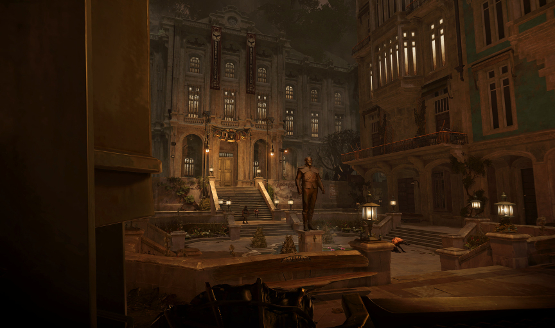
-
Billie Lurk
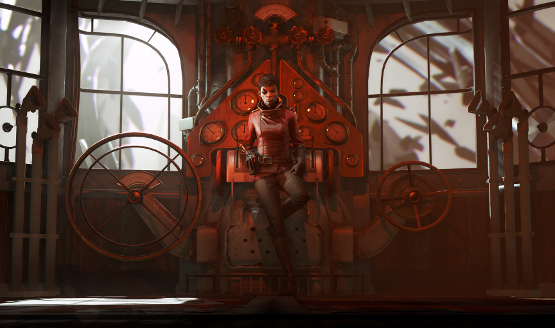
-
Clockwork Soldier
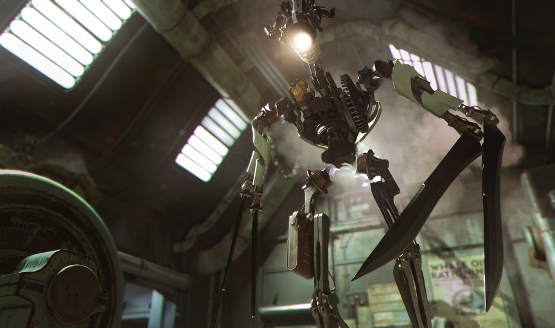
-
Daud
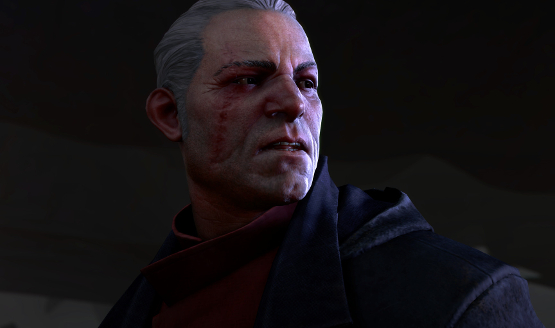
-
Displace Ability
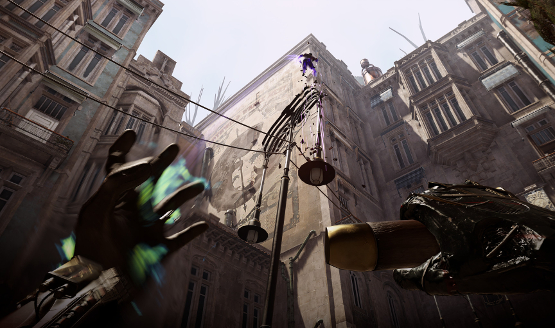
-
Electric Field
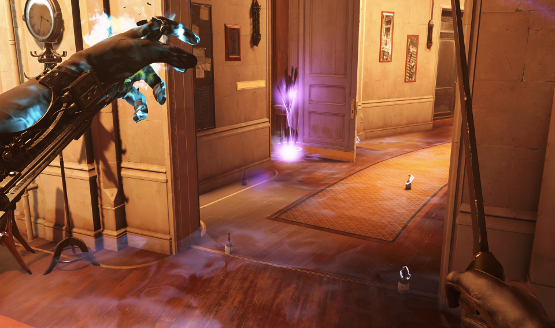
-
Eyeless Cult Leader
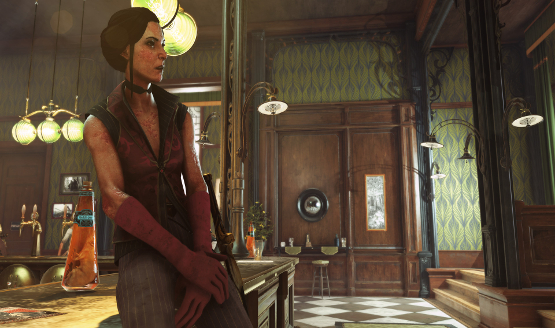
-
Clockwork Guards
